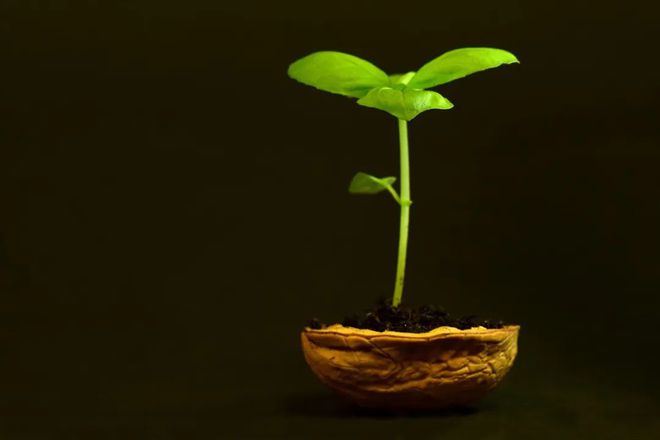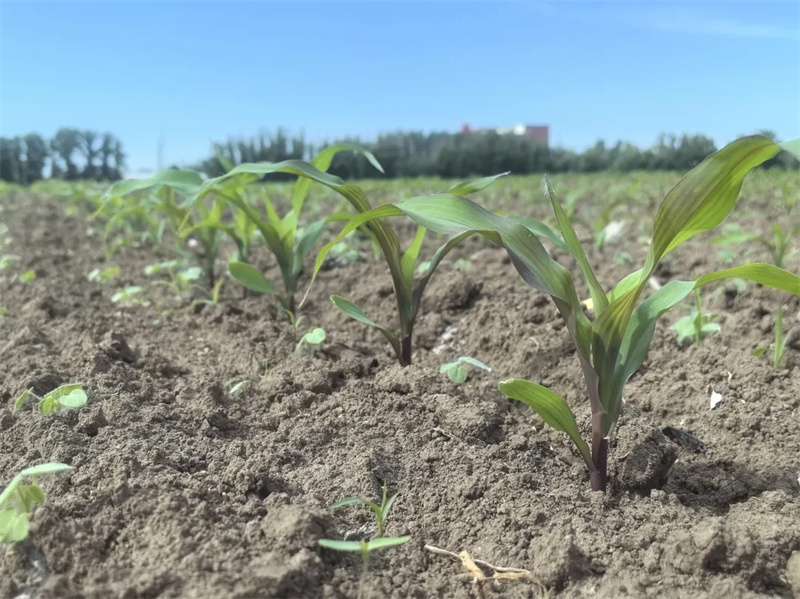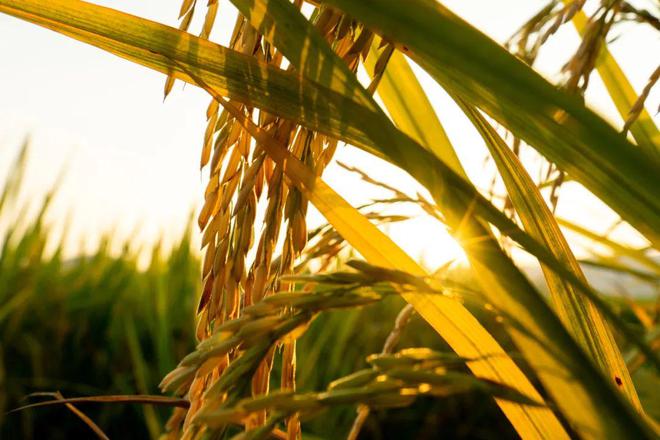Bitter melon belongs to high-yielding crops, which is characterized by well-developed root system, more lateral root, fonding and endurant to fertile and fear waterlogging, fonding of light and intolerant to heat. The culture mode of seedling falls into the following patterns: grafting, direct sowing and transplanting after culture of seedling. Here below is the introduction by three parts.
1, Sowing Time and Methods
1.1, Sowing
For Spring sowing, it is generally unified in middle to late Feb. The seedling is cultured in nutrient pot, with one grain of seed each hole. After sowing, cover the low tunnel with thin nylon film. The seedling stage lasts for about 20 days generally. The seedlings can be transplanted when they’ve grown out 2-3 pieces of main leaves. For Autumn sowing, it is usually arranged in late Jul. to Aug. It is suggested to transplant the seedlings after culture.
2, Cultivation Season and Selection of Variety
For Winter and Spring cultivation, it is suitable to sow in Sept. to Feb. next year. And for Autumn cultivation, it is suitable to sow in Jul. and Aug. For selection of varity, choose varieties such as Green-White Jade Bitter Melon, Green-Jade White Bitter Melon, Bright Pearl No. 101 Bitter Melon, Yushuai Bitter melon, Kanira Bitter melon and so on as Green-white family, and Hybrid Oil Bitter Melon, Pearl Bitter Melon and so on as Oil bitter melon.
3, Field Preparation and Plant Setting
According to the growth characteristics of bitter melon, it is better to cultivate on loam field which can receives plenty of sunlight, rich in organic matter, with well drainage and water retention, and with deep soil layer. And to avoid continuous cropping field. The field should be rotated with non-melon crops for more than 3 years.
4, Field Management
4.1, Water and Fertilizer Management
The fruiting period of bitter melon lasts for a long time, and the requirements of water and fertilizer is strict. Fertilization should base on the following principles: supply base manure heavily, light in early period, heavily in middle period, and complementally in late period. 8-10 days after transplanting, lightly supply once 10% human excreta, and 20% of human excreta after 8 days, adding 50g of urea each barrel. For the 3rd-10th fertilizeration, add 60kg of compound fertilizer per acre. At the beginning of blossom, along with cultivation, dig ditch in the middle of the ridge for top dressing of 90kg of compound fertilizer per acre. When comes to the picking fastigium, process once improvement of fertility, by broadcasting the fertilizer on both side of the ridge, and then cover with ditch soil. Each acre of field supplied 180kg of compound fertilizer and 60kg of urea. In addition, spray 2%-3% monopotassium solution as top dressing constantly. Bitter melon is fond of wetness, but fears accumulated water, so to drain in time in raining season, to prevent the root from rotting in accumulated water. Water the plant constantly in drought weather. Supply of plenty water is the main guarantee of high yield and quality.
4.2, Shelving and vine-leading, pruning and flower-thining
When the seedlings grow to be 30-40cm tall, stick bamboo and lead the vines in time, using dual-lines of A-bracket. The plant bears fruits mainly on chief vines, so when the first female flower appears on chief vine, the pruning can be done by wipe out the side buds and branches which are 1m below the chief vines. In late growing period, pick off the old yellow leaves at the bottom, and cut off old vines which are without melons and also the thin-week vines.
For flat or arched shed, it is 1.8-2m high, each for two lines, covered with nylon mesh (25-30cm by 25-30cm). For flat shed, do not pruning before picking. After fruiting, the pruning is mainly by top removal, which is conducive to the growth of root, and improving disease-resistance and resistibility. This pruning method is convenient and cost-effective, it is the best one for open field cultivation, and also one of the main ways to achieve high benefit.
5, Control of Insect Pest and Disease
5.1, Disease
5.1.1, Damping-Off disease
The disease will develops seriously in moist soil when supplying unfinished farmyard manure. Prevention and control is as follow. Disinfect the seedbed using Dixon or Carbendazim. In the early period of disease, spray 4000 times of hydroxisoxazole on the whole plant, or pour 800-1000 times of Dixon, once in every 7 days, continue for 3-4 times.
5.1.2, Downy Mildew disease
The disease will easily occurs in cloudy and rainy day.
Prevention and control is as follow. Pay attention to the ventilation, to reduce the field humidity. For chemical control, spray 800-1000 times of Dupont, or 500 times of 580 Ridomil-MZ, once in every 7 days, continue for 3-4 times.
5.1.3, Powdery Mildew disease
The plant will gets serious disease in poor ventilation and drainage situation.
Prevention and control Methods is as follow. Choose field in good ventilation and drainage situation to cultivate on. Supply more phosphate fertilizer and potash fertilizer in proper amount. In the early period of disease, the following pesticide can be sprayed once in every 7 days and continue for 3-4 times. 1000 times of 12.5% Diniconazole WP, or Thiophanate Methyl, or 1000-1500 times of Antimycoin, Divdend or Triadimefon.
In addition, for control of blight disease in late period, pour 4000 times of Hydroxisoxazole No. 1 or 800 times of 58% Ridomil-MZ on root, and for Anthracnose disease, spray 800 times of 50% Carbendazim, 800 times of 70% Thiophanate or 500 times of Kypzin, once in every 7 days, continue for 3 times.
5.2, Pests
5.2.1, Yellow melon leaf beetle
It damages leaf and stem, and also flower and young melon. The larva eats root in soil, causing death of plant.
Prevention and control methods are as follow. Broadcast Phoxim on the ridge surface, or spray 1000 times of Phoxim to control imago.
5.2.2, Melon Fly
The Diaphania Borer damages leaves and fruits, and the Melon Fly lays eggs into young melonand the larva eats inside the fruits, causing the sick melon turns yellow partly or becomes abnormal, and rotten in the end.
Prevention and control Methods are as follow. Alternately use Phoxim Permethrin and biological pesticide BT, to spray at nightfall.
5.2.3, Mites
Spray 1500 times of N23, Propargite, or Abamectin for control
6, Timely Harvest
Generally harvest begins in 15 days after blossom fall. By then, the top of the melon begins to light up, with shoulder papilloma grows thick and full. Shorten the picking interval appropriately can promote the forming of female flowers which is significant to the extension of fruiting and increasing of yield. |

















